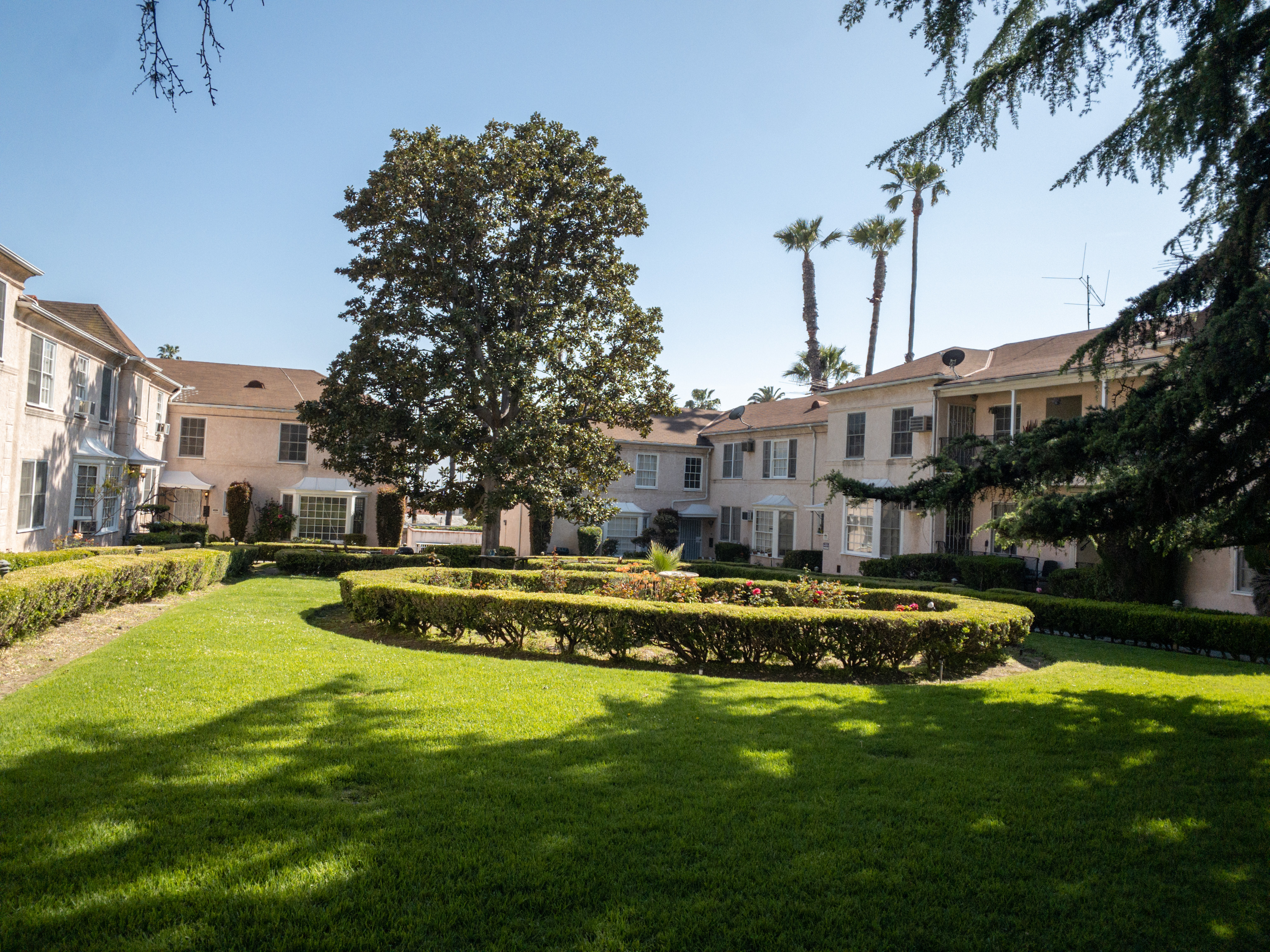Actions Taken
SHRC Registration Actions Taken in 2024
The nominations below were reviewed by the State Historical Resources Commission during the year 2024. Scroll down to view subsequent actions by quarter. New actions are added to the end of this page after each quarterly State Historical Resources Commission meeting. Agendas from past meetings are downloadable in PDF format below on the right sidebar.
February 2, 2024 SHRC Meeting
Properties nominated to the National Register of Historic Places
The following properties were reviewed at the February 2, 2024 SHRC meeting in Sacramento, Sacramento County.
Asian Americans and Pacific Islanders in California Amended Multiple Property Documentation Form adds to the original cover documentation that was approved by the Keeper of the National Register in 2020. The original submittal documented three historic contexts—Migration and Community Formation, Community Serving Organizations, and Religion and Spirituality—for eight groups: Native Hawaiian, Chinese American, Japanese American, Korean American, Filipina/o American, Chamorro, South Asian American, and Samoan, with an 1850 to 1970 period of significance. The Amended MPDF extends the period of significance to 1995, adds two historic contexts—Business, Industry, and Labor and Activism, Civic Engagement, and Political Participation—and a ninth group, Vietnamese American.
 Bel Vista House at 1150 N. Calle Rolph was constructed in 1946 in the International Style as one of the fifteen identical homes constructed in the Bel Vista tract of Palm Springs. Architect Albert Frey placed each home differently on its lot to differentiate and distinguish the singular design of the fifteen identical houses in the tract from each other. Only three remain intact. The house embodies the distinctive characteristics of residential architecture associated with the modern movement as interpreted by Frey for the desert environment of the Coachella Valley and meets the registration requirements ofThe Architecture of Albert Frey Multiple Property Submission. To distinguish the house from the nearby National Register-listed Bel Vista House, this property is identified by the addition of its address.
Bel Vista House at 1150 N. Calle Rolph was constructed in 1946 in the International Style as one of the fifteen identical homes constructed in the Bel Vista tract of Palm Springs. Architect Albert Frey placed each home differently on its lot to differentiate and distinguish the singular design of the fifteen identical houses in the tract from each other. Only three remain intact. The house embodies the distinctive characteristics of residential architecture associated with the modern movement as interpreted by Frey for the desert environment of the Coachella Valley and meets the registration requirements ofThe Architecture of Albert Frey Multiple Property Submission. To distinguish the house from the nearby National Register-listed Bel Vista House, this property is identified by the addition of its address.
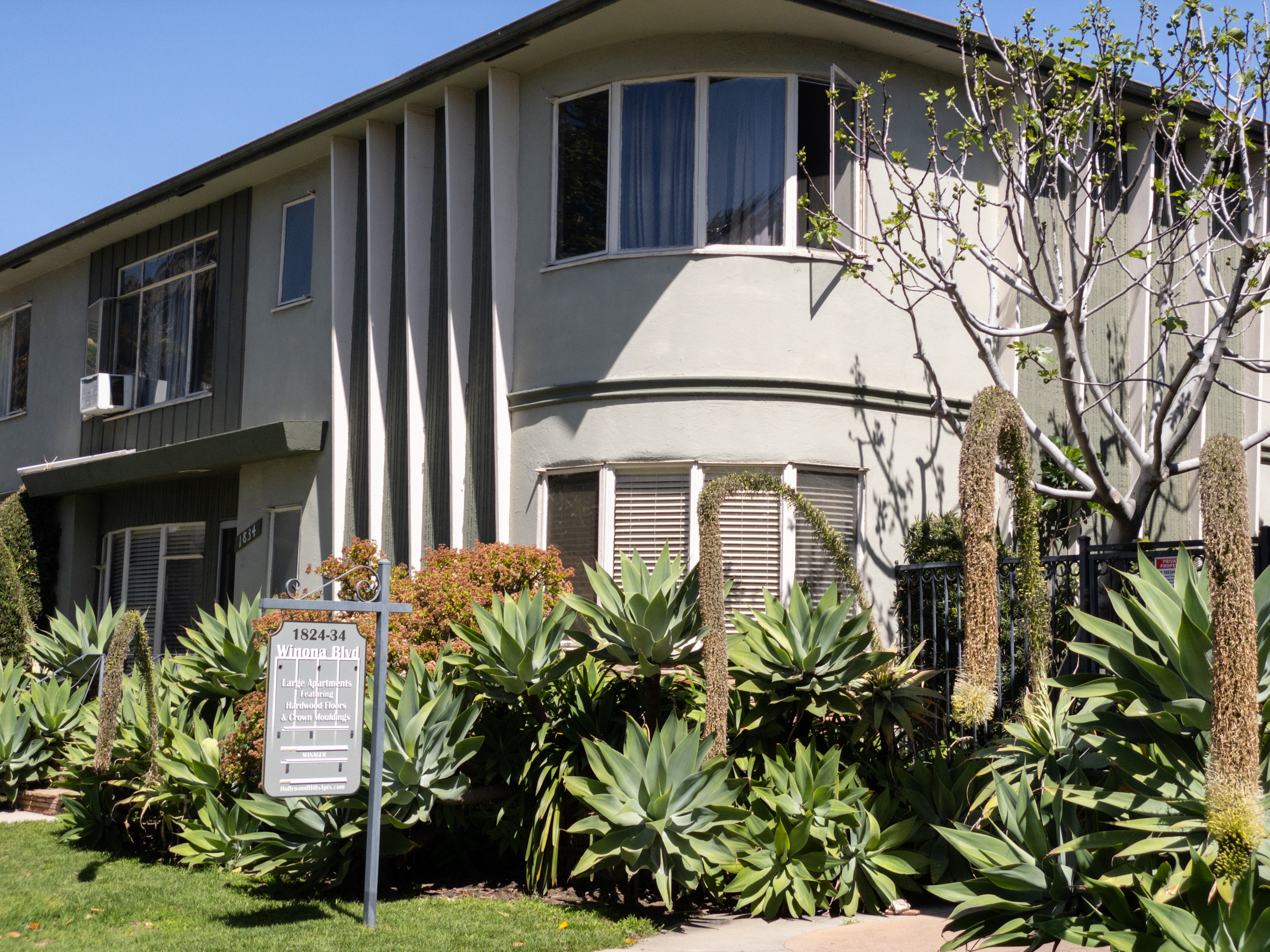 Winona Boulevard Mid-Century Modern Historic District is an intact and cohesive collection of mid-twentieth century multi-family buildings on both sides of Winona Boulevard between Hollywood Boulevard and Franklin Avenue in the Hollywood area of Los Angeles. The 1950 to 1964 period of significance encompasses a period of change and new construction in the area, as early-twentieth century building stock was demolished to make way for denser residential development that embraced Modernism.
Winona Boulevard Mid-Century Modern Historic District is an intact and cohesive collection of mid-twentieth century multi-family buildings on both sides of Winona Boulevard between Hollywood Boulevard and Franklin Avenue in the Hollywood area of Los Angeles. The 1950 to 1964 period of significance encompasses a period of change and new construction in the area, as early-twentieth century building stock was demolished to make way for denser residential development that embraced Modernism.
Los Feliz Boulevard Courtyard Apartments Historic District is composed almost entirely of multi-family residences in the Los Feliz area of Los Angeles, just south of Griffith Park. The district was developed as multiple tracts over the span of a few decades. Most of the resources take the courtyard apartment form, with represented styles including Colonial Revival, Tudor Revival, Mission/Spanish Colonial Revival, Mediterranean Revival, French Renaissance, Art Deco, and four locally recognized styles of the Modern Movement: Mid-Century Modern, Late Moderne, Hollywood Regency, and Minimal Traditional.
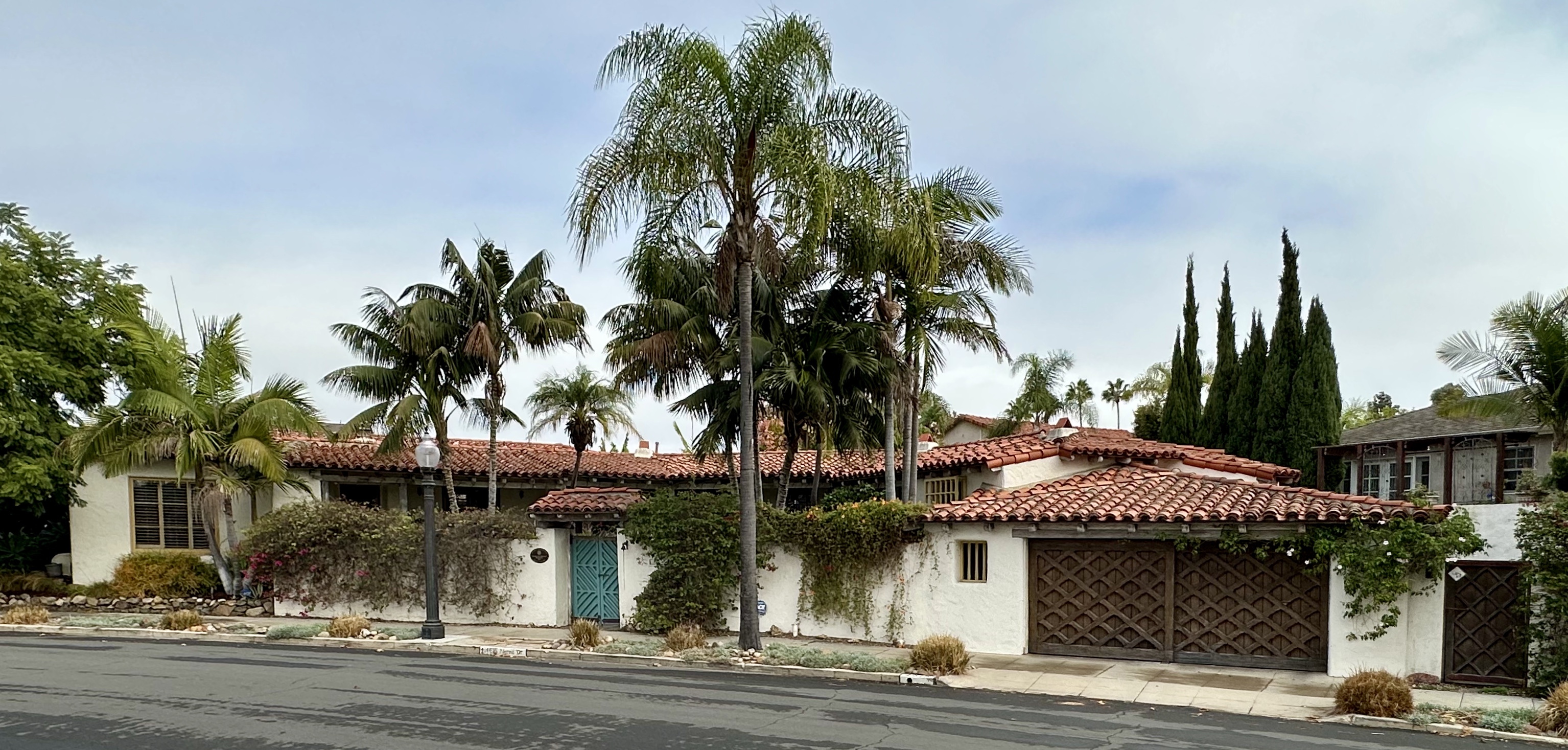
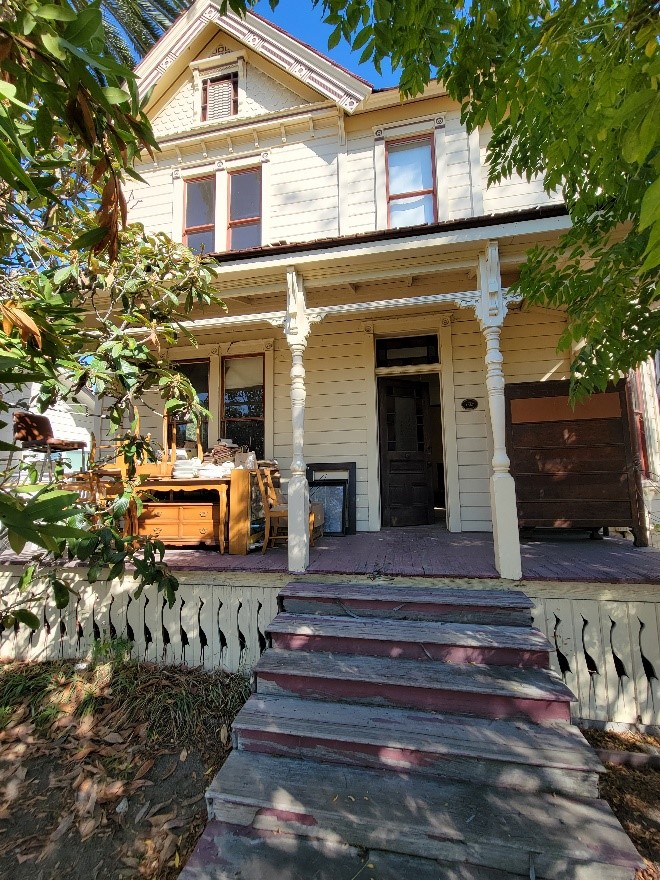 Blair, Luther and Adah, House is a large two-story wood-framed building whose design was influenced by the Queen Anne and Eastlake styles. Built in 1887, the house was moved in 1927. When Blair House was slated for demolition in 1993, town historian Steve Baker had it moved again to its location adjacent to his family home, the John F. and Julia Brossart House. Both moves, within Monrovia city limits in Los Angeles County, were carefully executed, preserving original architectural details on the exterior and the interior. Original design features include heavy turned posts with decorative brackets, stained glass doors and transoms, porches, wood windows, skirting with stylized crane cutouts, and interior moldings and ornamentation.
Blair, Luther and Adah, House is a large two-story wood-framed building whose design was influenced by the Queen Anne and Eastlake styles. Built in 1887, the house was moved in 1927. When Blair House was slated for demolition in 1993, town historian Steve Baker had it moved again to its location adjacent to his family home, the John F. and Julia Brossart House. Both moves, within Monrovia city limits in Los Angeles County, were carefully executed, preserving original architectural details on the exterior and the interior. Original design features include heavy turned posts with decorative brackets, stained glass doors and transoms, porches, wood windows, skirting with stylized crane cutouts, and interior moldings and ornamentation.
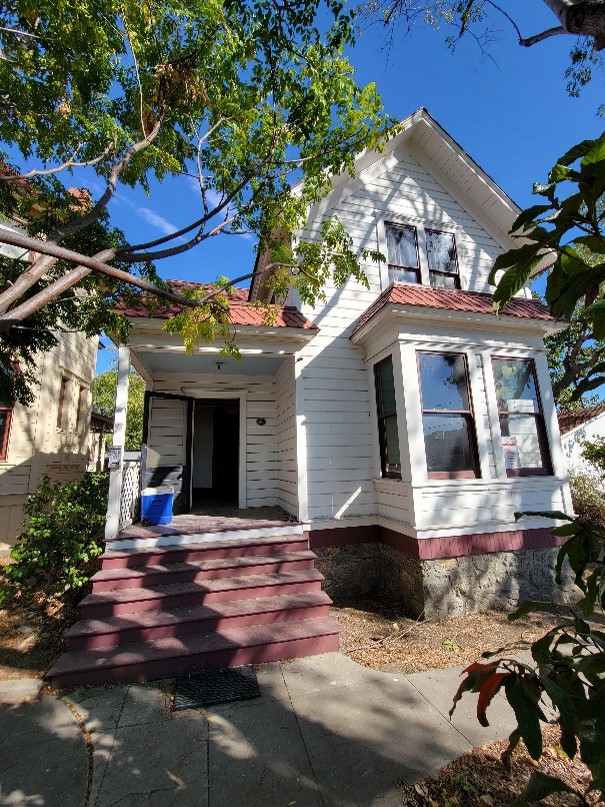 Brossart, John F. and Julia, House is a large two-story frame house built in 1887, in a simple late nineteenth century Victorian style with Queen Anne influences. The house was moved twice between 1900 and 1909, both times only a short distance away within Monrovia city boundaries. Each move was carefully executed, preserving original architectural details including windows, doors, decorative wood shingles, built-in cabinet, and mantelpiece. In 1914, a Craftsman-inspired addition at the back of the house added a new kitchen and service areas on the first floor and a bedroom above.
Brossart, John F. and Julia, House is a large two-story frame house built in 1887, in a simple late nineteenth century Victorian style with Queen Anne influences. The house was moved twice between 1900 and 1909, both times only a short distance away within Monrovia city boundaries. Each move was carefully executed, preserving original architectural details including windows, doors, decorative wood shingles, built-in cabinet, and mantelpiece. In 1914, a Craftsman-inspired addition at the back of the house added a new kitchen and service areas on the first floor and a bedroom above.
 Mariposa Street Bridge is a 1939 steel suspension bridge across the Los Angeles River, linking the equestrian neighborhoods of the Burbank and Glendale Ranchos to the north wi Los Angeles Equestrian Center and Griffith Park equestrian trails to the south, designed to allow horses and riders to cross the river in this unique 20th century commercial-equestrian area.
Mariposa Street Bridge is a 1939 steel suspension bridge across the Los Angeles River, linking the equestrian neighborhoods of the Burbank and Glendale Ranchos to the north wi Los Angeles Equestrian Center and Griffith Park equestrian trails to the south, designed to allow horses and riders to cross the river in this unique 20th century commercial-equestrian area.
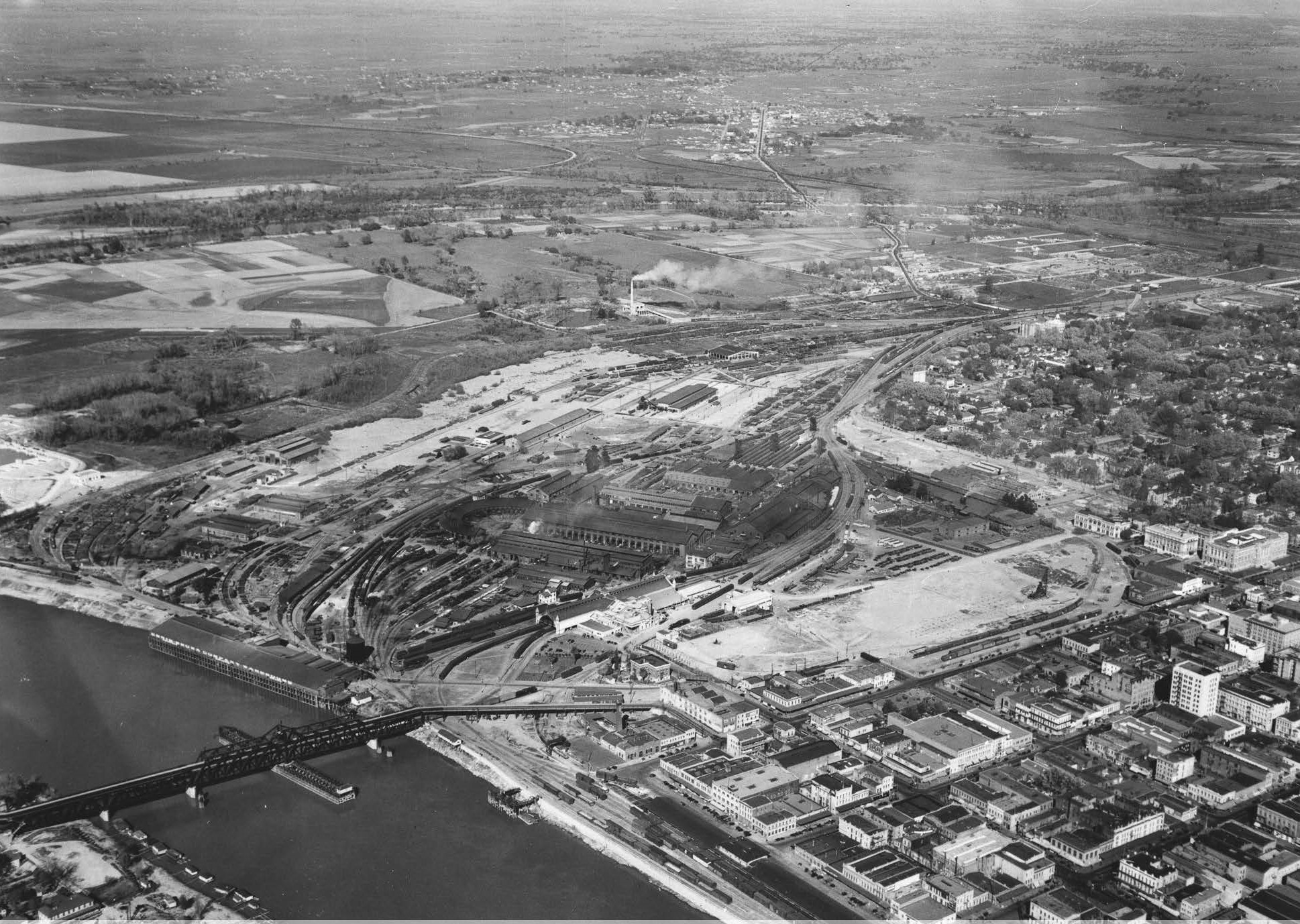 Sacramento Shops Historic District is a 14 acre complex of railroad shops located north of downtown Sacramento, including eight 19th century industrial buildings associated with Central Pacific Railroad's (later Southern Pacific Railroad) locomotive and car manufacturing facility and maintenance shops.
Sacramento Shops Historic District is a 14 acre complex of railroad shops located north of downtown Sacramento, including eight 19th century industrial buildings associated with Central Pacific Railroad's (later Southern Pacific Railroad) locomotive and car manufacturing facility and maintenance shops.
 The Last Resort is a district of handmade buildings and structures that combine ecological design and art environment, located in a forested area of west Marin County's San Geronimo Valley, created by David Hoffman, influenced by his interest in sustainable architecture and nine years spent traveling, principally in Asia.
The Last Resort is a district of handmade buildings and structures that combine ecological design and art environment, located in a forested area of west Marin County's San Geronimo Valley, created by David Hoffman, influenced by his interest in sustainable architecture and nine years spent traveling, principally in Asia.
May 3, 2025 SHRC Meeting
Properties nominated to the National Register of Historic Places
The following properties were reviewed at the May 3, 2024 SHRC meeting in Sacramento, Sacramento County.
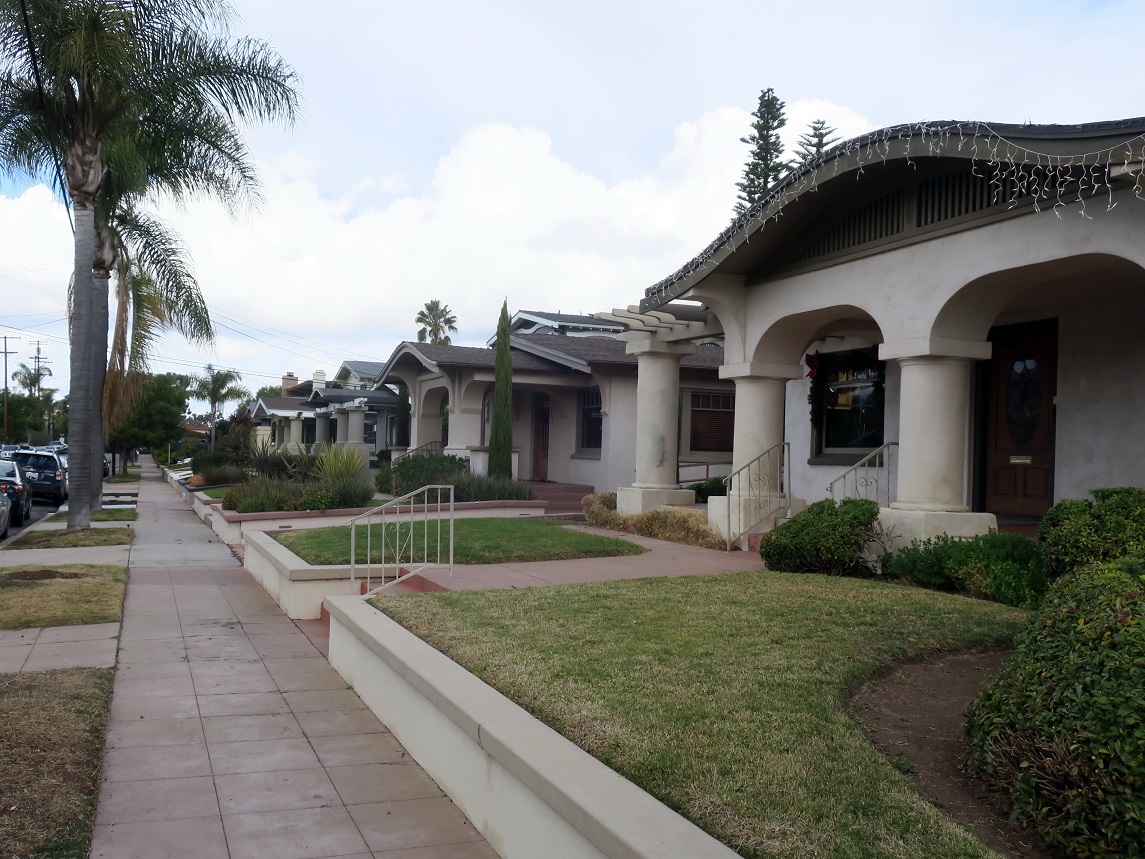 Arnold and Choate's Addition/North Florence Heights Historic District is located in the Mission Hills neighborhood of San Diego, predominantly consisting of single-family residences, with a mixture of multi-family residential and a small number of neighborhood-oriented commercial and religious buildings, constructed along a former streetcar route that ran down Lewis Street. The streets of the neighborhod are organized around a rectilinear grid disrupted by the area's hilly terrain, resulting in an irregularly shaped district that combines two adjacent but related developments; Arnold & Choate's Addition, originally planned in the 1870s for a transcontinental railroad that never arrived, and North Florence Heights, planned in conjunction with a cable car line that opened in 1890 and went out of business in 1892. Development of both were catalyzed after the land was purchased by by horticulturalist Kate Sessions in 1903, and San Diego Electric Railway Company built a line to the area in 1907,
Arnold and Choate's Addition/North Florence Heights Historic District is located in the Mission Hills neighborhood of San Diego, predominantly consisting of single-family residences, with a mixture of multi-family residential and a small number of neighborhood-oriented commercial and religious buildings, constructed along a former streetcar route that ran down Lewis Street. The streets of the neighborhod are organized around a rectilinear grid disrupted by the area's hilly terrain, resulting in an irregularly shaped district that combines two adjacent but related developments; Arnold & Choate's Addition, originally planned in the 1870s for a transcontinental railroad that never arrived, and North Florence Heights, planned in conjunction with a cable car line that opened in 1890 and went out of business in 1892. Development of both were catalyzed after the land was purchased by by horticulturalist Kate Sessions in 1903, and San Diego Electric Railway Company built a line to the area in 1907,
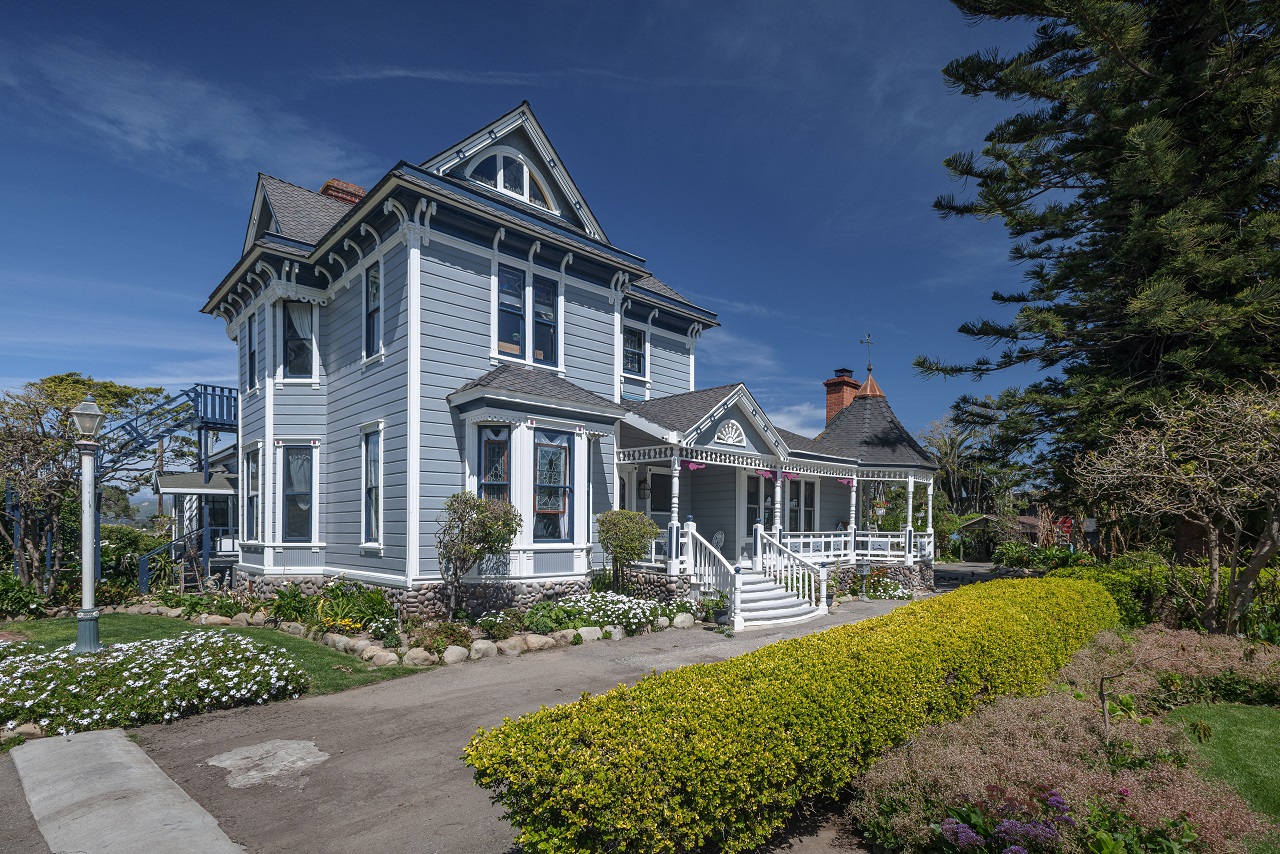 Scarlett Ranch is a 5 acre remnant of a larger ranch, centered on a Queen Anne style farmhouse with a variety of outbuildings, including a 1929-1934 barn, a brick tank house, and tractor shed, among an assemblage of mature landscaping and multiple non-contributing outbuildings. The property is significant for its association with early settlement of Ventura County's Oxnard Plain, originally built by the Scarlett Family starting in 1869, and later sold to the McGrath Family, who sold the property in 1946.
Scarlett Ranch is a 5 acre remnant of a larger ranch, centered on a Queen Anne style farmhouse with a variety of outbuildings, including a 1929-1934 barn, a brick tank house, and tractor shed, among an assemblage of mature landscaping and multiple non-contributing outbuildings. The property is significant for its association with early settlement of Ventura County's Oxnard Plain, originally built by the Scarlett Family starting in 1869, and later sold to the McGrath Family, who sold the property in 1946.
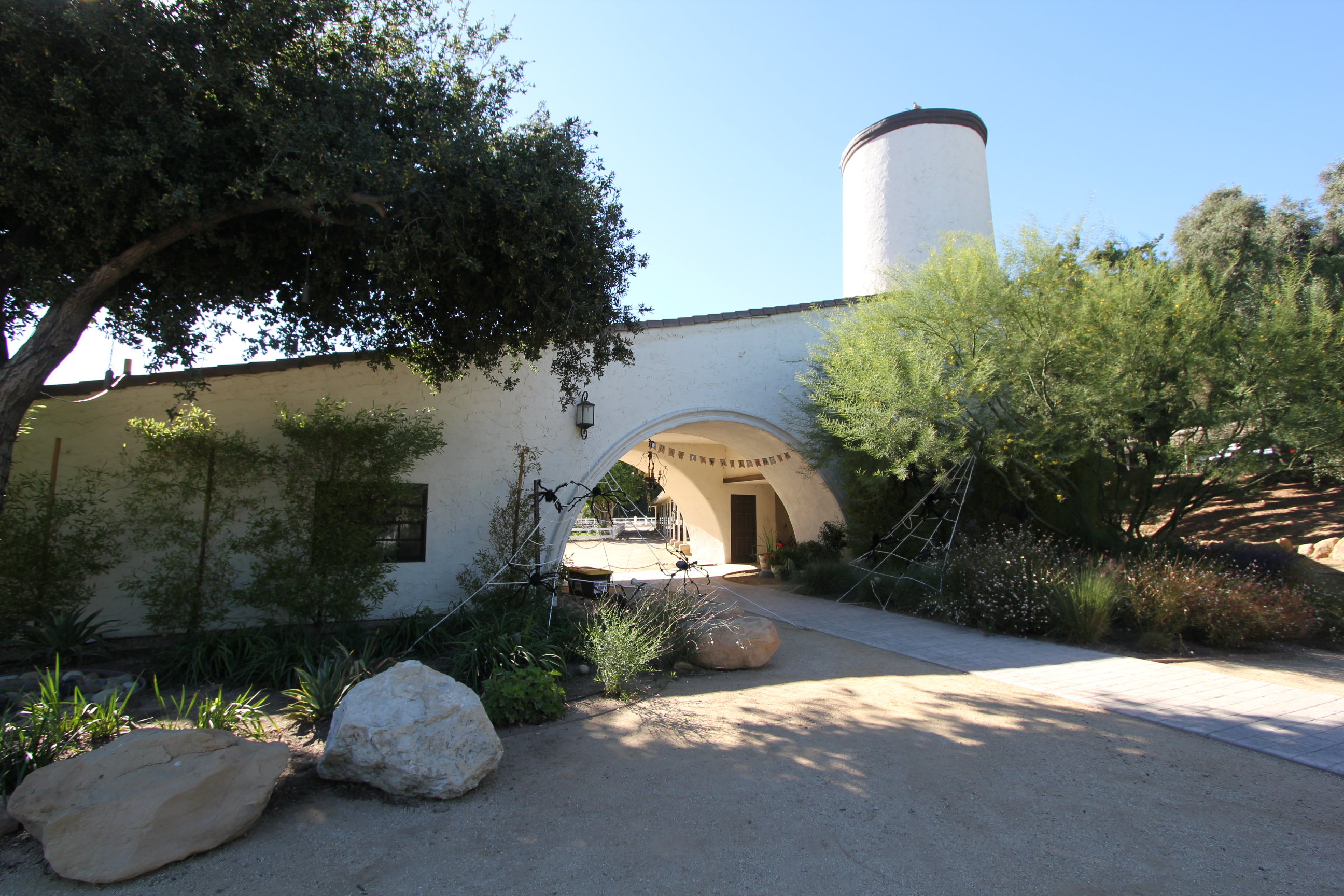
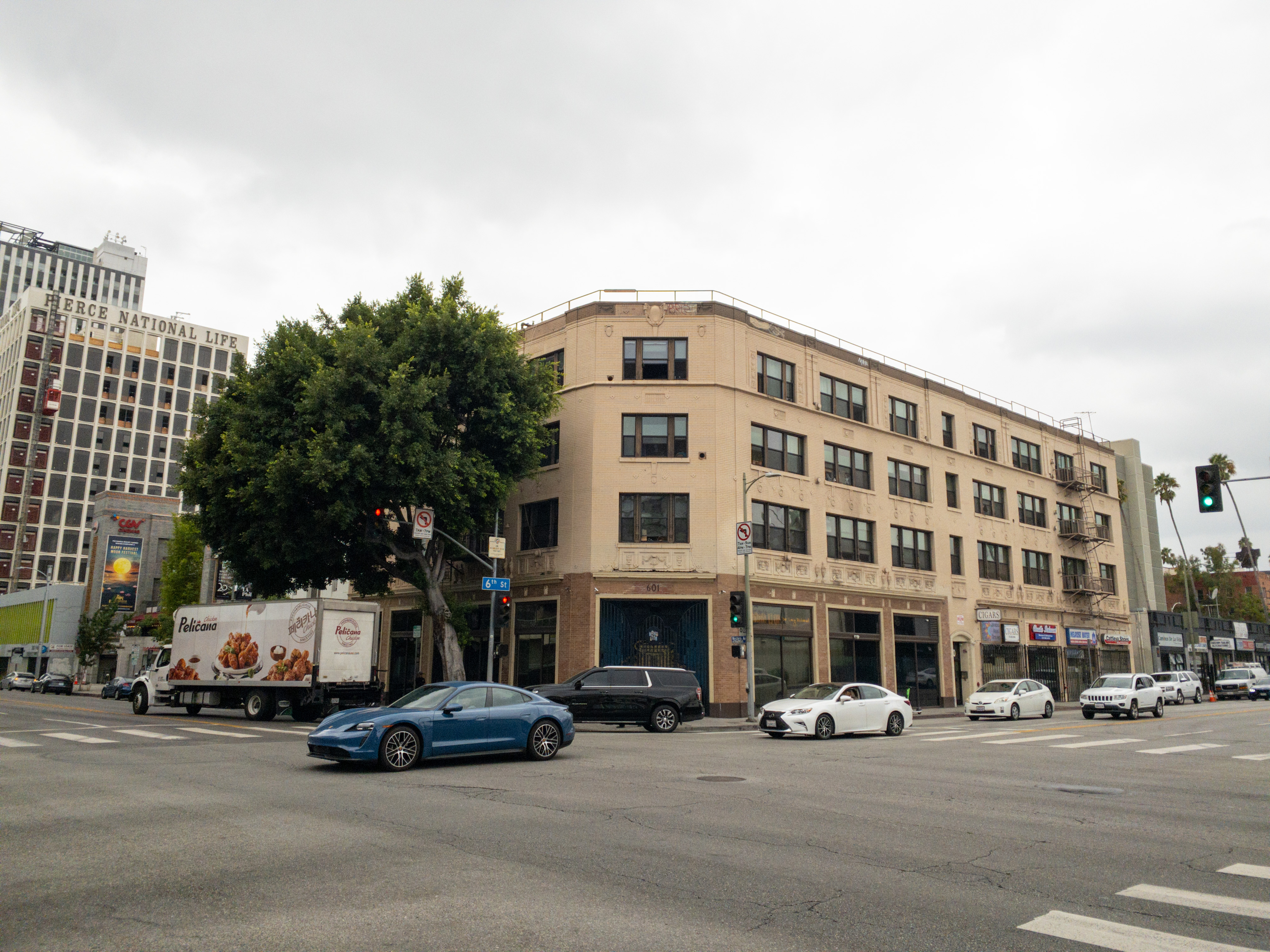 6th Street Streetcar Commercial Historic District is composed entirely of buildings whose historic and continued use is either entirely or partially for commercial purposes. The district is located in the Wilshire Center area of Los Angeles and includes parcels surrounding two intersections: 6th Street and Oxford Avenue, and 6th Street and Western Avenue. The district was developed as a commercial strip around the streetcar track that ran down 6th Street in the 1920s. Architectural styles represented include Italian Renaissance, Tudor Revival, and Art Deco.
6th Street Streetcar Commercial Historic District is composed entirely of buildings whose historic and continued use is either entirely or partially for commercial purposes. The district is located in the Wilshire Center area of Los Angeles and includes parcels surrounding two intersections: 6th Street and Oxford Avenue, and 6th Street and Western Avenue. The district was developed as a commercial strip around the streetcar track that ran down 6th Street in the 1920s. Architectural styles represented include Italian Renaissance, Tudor Revival, and Art Deco.
 Los Feliz Village Multi-Family Residential Historic District is a roughly five block long historic district located adjacent to Los Feliz Village commercial district in Los Angeles. Vermont Avenue slopes upward through the district towards Griffith Park and the modest scale of the buildings allows for impressive views of Griffith Observatory from Vermont Avenue. The district was developed as multiple tracts over the course of a few decades with a variety of early and mid-twentieth century styles that harmonize well and maintain the same scale. Contributing resources include apartment houses, courtyard apartments, and a bungalow court.
Los Feliz Village Multi-Family Residential Historic District is a roughly five block long historic district located adjacent to Los Feliz Village commercial district in Los Angeles. Vermont Avenue slopes upward through the district towards Griffith Park and the modest scale of the buildings allows for impressive views of Griffith Observatory from Vermont Avenue. The district was developed as multiple tracts over the course of a few decades with a variety of early and mid-twentieth century styles that harmonize well and maintain the same scale. Contributing resources include apartment houses, courtyard apartments, and a bungalow court.
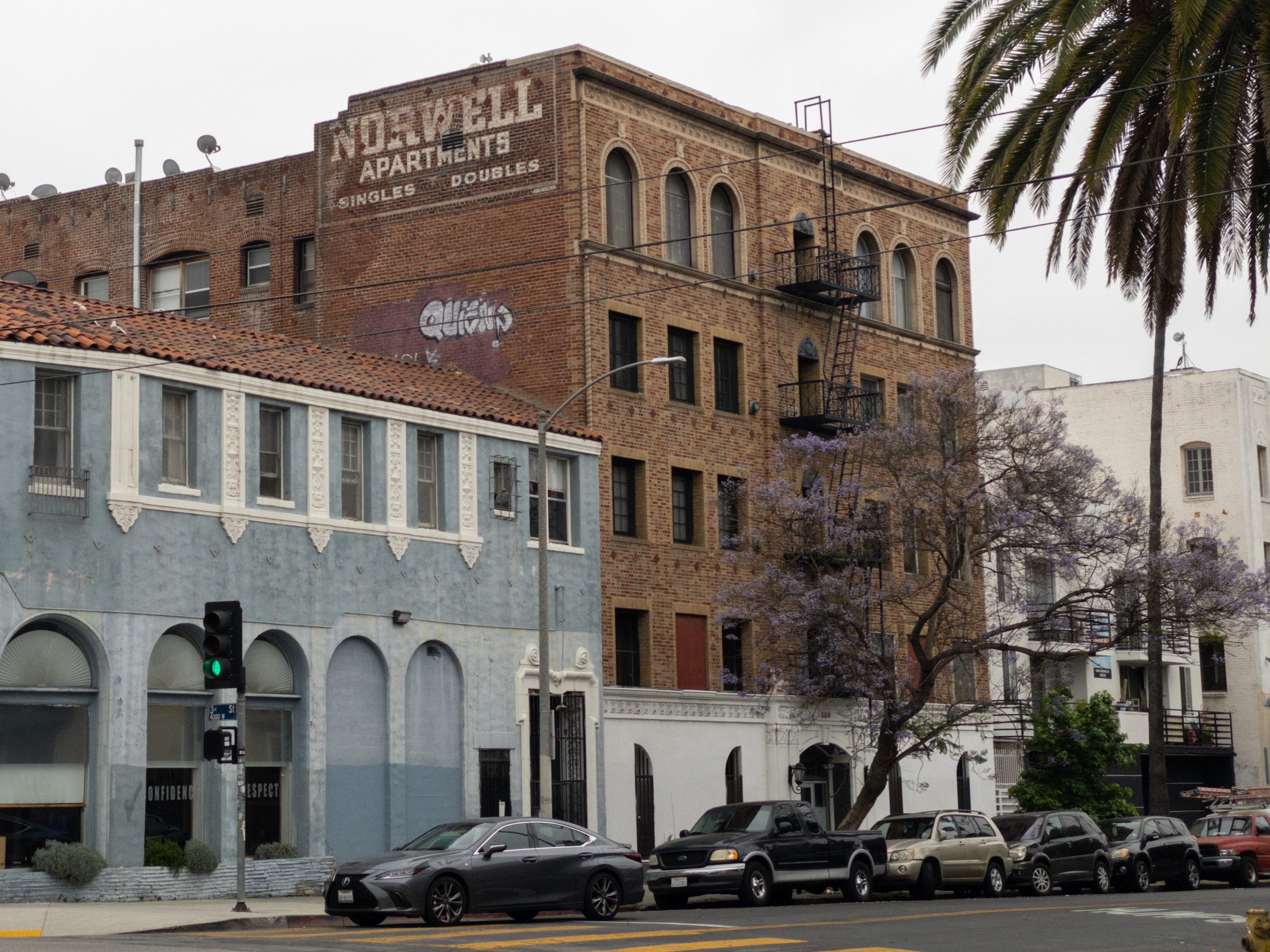 Manhattan Place Historic District is composed of mostly multi-family buildings, and one commercial building in the Wilshire Center area of Los Angeles. The district includes parcels on both sides of Manhattan Place between 3rd Street and 4th Street, with the commercial building also having frontage on 3rd Street. The Italian Renaissance, Tudor Revival, Mediterranean Revival, Spanish Colonial Revival, Craftsman, and Art Deco styles are represented in the architecture of the contributing resources, with some resources exhibiting features of multiple styles.
Manhattan Place Historic District is composed of mostly multi-family buildings, and one commercial building in the Wilshire Center area of Los Angeles. The district includes parcels on both sides of Manhattan Place between 3rd Street and 4th Street, with the commercial building also having frontage on 3rd Street. The Italian Renaissance, Tudor Revival, Mediterranean Revival, Spanish Colonial Revival, Craftsman, and Art Deco styles are represented in the architecture of the contributing resources, with some resources exhibiting features of multiple styles.
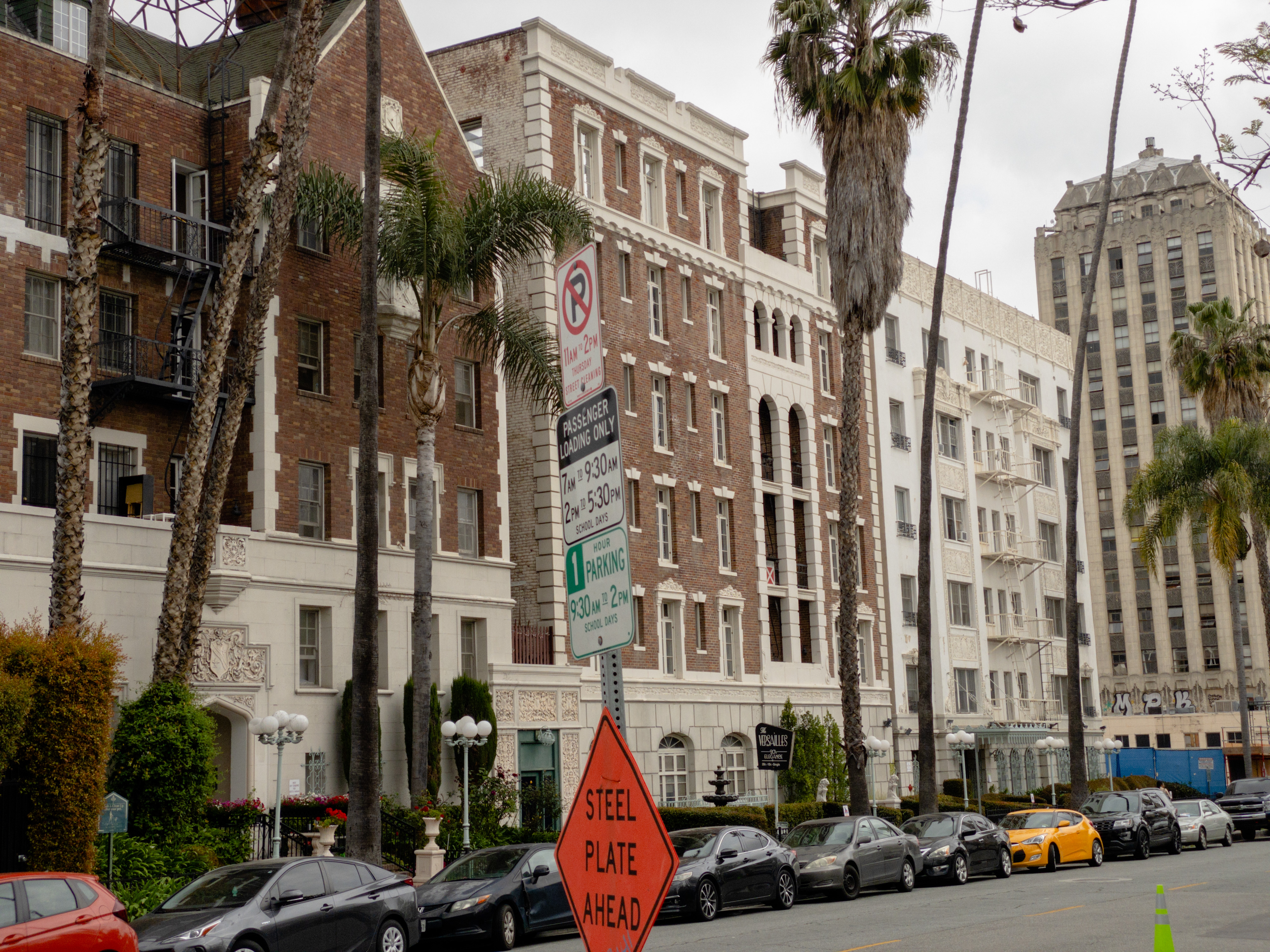 Westminster Place Historic District is composed entirely of multi-family buildings in the Wilshire Center area of Los Angeles. The district includes parcels on the east side of St. Andrews Place around the intersection of 6th Street and St. Andrews Place. The Italian Renaissance, Tudor Revival, French Renaissance, Spanish Colonial Revival, and Mediterranean Revival styles are represented in the architecture of the contributing resources, with some resources exhibiting features of multiple styles.
Westminster Place Historic District is composed entirely of multi-family buildings in the Wilshire Center area of Los Angeles. The district includes parcels on the east side of St. Andrews Place around the intersection of 6th Street and St. Andrews Place. The Italian Renaissance, Tudor Revival, French Renaissance, Spanish Colonial Revival, and Mediterranean Revival styles are represented in the architecture of the contributing resources, with some resources exhibiting features of multiple styles.
 Petaluma Woman’s Club is located close to downtown in the city’s locally designated “A” Street Historic District. Designed by prominent Petaluma architect Brainerd Jones in the Craftsman style with tall windows; a wide, welcoming front porch; and dramatic gables, the wood-framed building with exterior stucco has served continuously as the organization’s clubhouse since the club commissioned the building in 1913. Alterations in 1928 included a rear extension to add a stage and extra rooms and enlarge the kitchen.
Petaluma Woman’s Club is located close to downtown in the city’s locally designated “A” Street Historic District. Designed by prominent Petaluma architect Brainerd Jones in the Craftsman style with tall windows; a wide, welcoming front porch; and dramatic gables, the wood-framed building with exterior stucco has served continuously as the organization’s clubhouse since the club commissioned the building in 1913. Alterations in 1928 included a rear extension to add a stage and extra rooms and enlarge the kitchen.
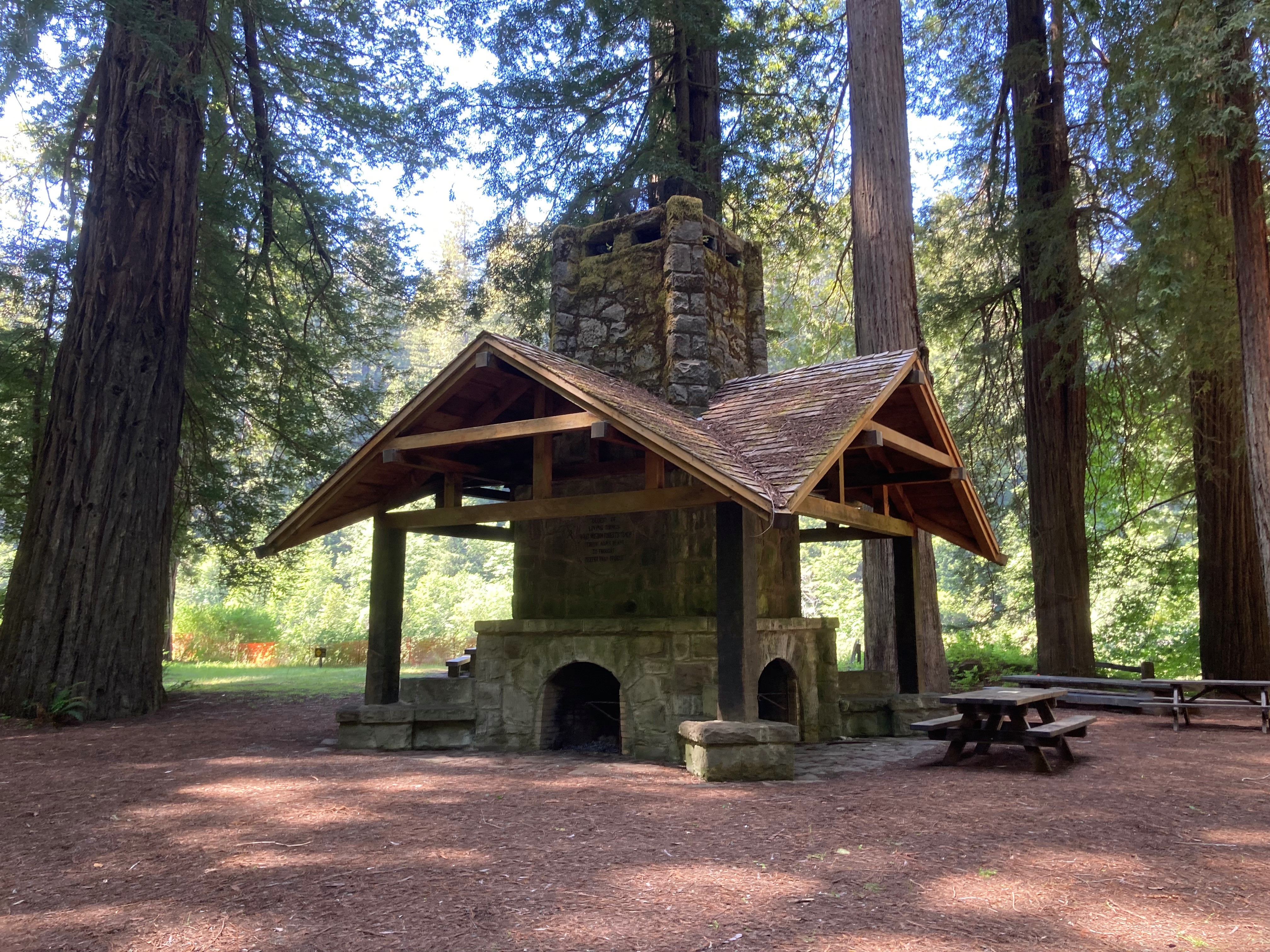 California Federation of Women’s Clubs Grove Hearthstone is a four-faced fireplace with a central chimney, constructed in 1932 using native stone and timber. The CFWC contracted architect Julia Morgan to design the Hearthstone to commemorate their donation of the surrounding 106-acre property to Humboldt Redwoods State Park. Set in a forest glade later known as the CFWC Day Use Area, the Hearthstone stands in an open area of less than one acre, bounded by large logs laid down on the edges.
California Federation of Women’s Clubs Grove Hearthstone is a four-faced fireplace with a central chimney, constructed in 1932 using native stone and timber. The CFWC contracted architect Julia Morgan to design the Hearthstone to commemorate their donation of the surrounding 106-acre property to Humboldt Redwoods State Park. Set in a forest glade later known as the CFWC Day Use Area, the Hearthstone stands in an open area of less than one acre, bounded by large logs laid down on the edges.

